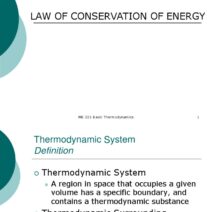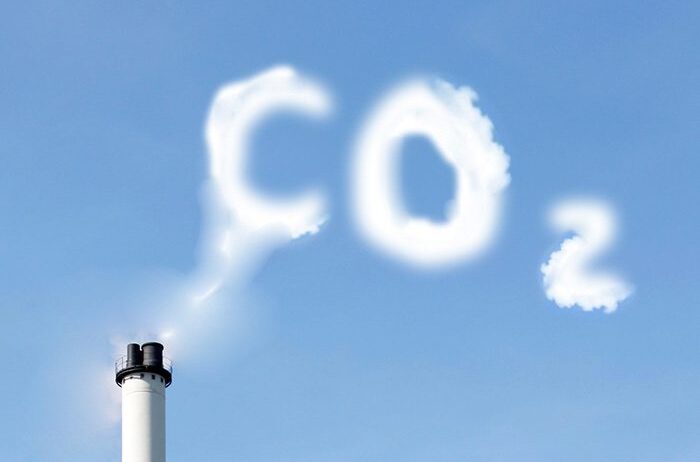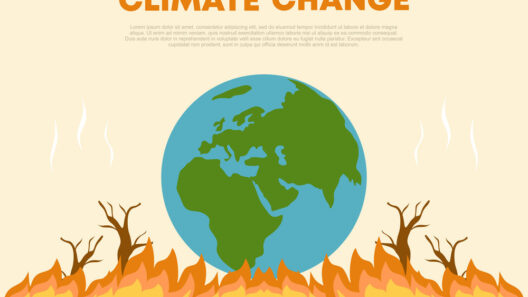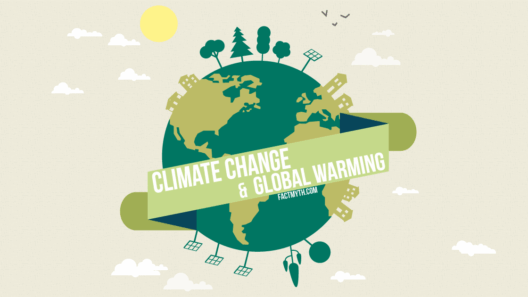In the grand tapestry of Earth’s climate system, gas emissions weave a thread of insidious influence, gradually altering the fabric of our atmosphere. The concept of global warming is no longer a mere whisper of caution; it stands as an undeniable reality. The primary culprits, greenhouse gases (GHGs), hold a mirror to our industrialized existence, reflecting both the progress we have made and the environmental price we pay. Among these emissaries are carbon dioxide (CO2), methane (CH4), and nitrous oxide (N2O), each integral to the narrative of climatic change. Understanding their roles is vital in making sense of the looming shadow they cast over our planet.
The relationship between gas emissions and global warming is akin to a chef meticulously watching the simmering pot on the stove. Just as one must manage the heat to prevent a dish from boiling over, humanity must confront the rising temperatures resulting from GHG emissions. These gases act like a thermal blanket, ensconcing the planet and trapping heat that would otherwise radiate into space. This phenomenon is known as the greenhouse effect. Without it, Earth would be a desolate, frozen wasteland. However, human activities, particularly the combustion of fossil fuels, have exacerbated this effect, leading to unprecedented warming.
Carbon dioxide, the most prevalent greenhouse gas, serves as the primary driver of climate change and deserves particular attention. Derived from burning coal, oil, and natural gas, as well as from deforestation and various industrial processes, CO2 levels have surged alarmingly since the dawn of the Industrial Revolution. The metaphor of a ‘filling balloon’ aptly describes the situation; as more carbon dioxide is emitted, the ‘balloon’ expands, leading to increased atmospheric pressure and temperature. In 2021, atmospheric CO2 concentrations surpassed 400 parts per million, a level not witnessed in millions of years, indicating a significant deviation from the natural order.
Methane, despite its shorter atmospheric lifespan, is far more potent than CO2 in trapping heat. Released through agricultural practices, landfills, and the natural gas industry, methane has a global warming potential that is 28 times greater than carbon dioxide over a 100-year period. This makes its management particularly critical in climate action plans. As a mere vapor, methane may seem innocuous, but its ability to create a tremendous warming effect positions it as a formidable adversary in the battle against climate change. Even small reductions in methane emissions could lead to significant short-term benefits in mitigating global warming.
Another noteworthy gas in this environmental entourage is nitrous oxide. Although less known, it possesses a warming potential approximately 298 times greater than that of carbon dioxide over a century. This gas emerges primarily from agricultural practices, particularly the use of synthetic fertilizers and livestock waste. Its latent effects on climate are exacerbated by its ability to persist in the atmosphere for over a century, creating a protracted cycle of warming that compounds over time.
The consequences of escalating gas emissions are not merely theoretical. They manifest in the increased frequency and intensity of extreme weather events—hurricanes, droughts, floods, and heatwaves that wrack communities and ecosystems alike. These phenomena are the stark reminders of the cost of inaction; the Earth is a living entity responding to the stresses placed upon it. Like a symphony where harmony is disrupted by discord, the environmental changes instigated by excessive emissions can lead to irreversible damage. Polar ice caps melt, sea levels rise, and biodiversity suffers; these are the harbingers of our changing climate.
The irony lies in the human propensity to overlook the long-term effects of our actions. While technological advancements and lifestyle conveniences fuel economic growth, they also emit greenhouse gases in prodigious quantities. The metaphor of a ‘double-edged sword’ accurately captures the dualities of progress; as society advances, it must also confront the ecological ramifications of its choices. The transportation sector, for instance, is a significant contributor to global CO2 emissions. Embracing sustainable alternatives like electric vehicles or public transit can ease this pressure.
Strategies to mitigate the influence of gas emissions are as varied as the gases themselves. The adoption of renewable energy sources—solar, wind, hydro, and geothermal—illustrates a significant pivot away from fossil fuel reliance. Not only can these technologies diminish carbon footprints, but they also create sustainable jobs, foster economic resilience, and enhance energy security. Similarly, implementing energy efficiency measures can significantly reduce emissions across multiple sectors.
Moreover, afforestation and reforestation initiatives offer an effective means of sequestering carbon dioxide, restoring natural carbon sinks that can absorb CO2 from the atmosphere. Protecting existing forests and wetlands is crucial; they store vast amounts of carbon and provide vital ecosystems for the planet’s flora and fauna. The metaphor of guardians stands tall here; trees and wetlands act as the vigilant custodians of our climate, demanding our respect and protection.
Ultimately, grappling with gas emissions and their contribution to global warming necessitates concerted global action. Policymakers, businesses, and individuals must collaborate, embracing innovative solutions and lifestyle shifts to navigate this precarious environmental crossroads. From legislative frameworks addressing emissions caps to community-led sustainability initiatives, the diversity of strategies reflects a shared desire for a healthier planet. Awareness is the first step; understanding the implications of gas emissions allows for informed choices that can steer society towards a sustainable future.
As humanity stands at this pivotal juncture, embracing the responsibility to combat climate change is not merely an option. It is a necessity. The chance to heal the planet lies within our grasp, and the appeal of a sustainable existence beckons. Transforming our approach to gas emissions will undoubtedly dictate the trajectory of our climate, fostering a harmonious relationship with the Earth that sustains future generations. As our story unfolds, the choices we make today will resonate long into tomorrow.







